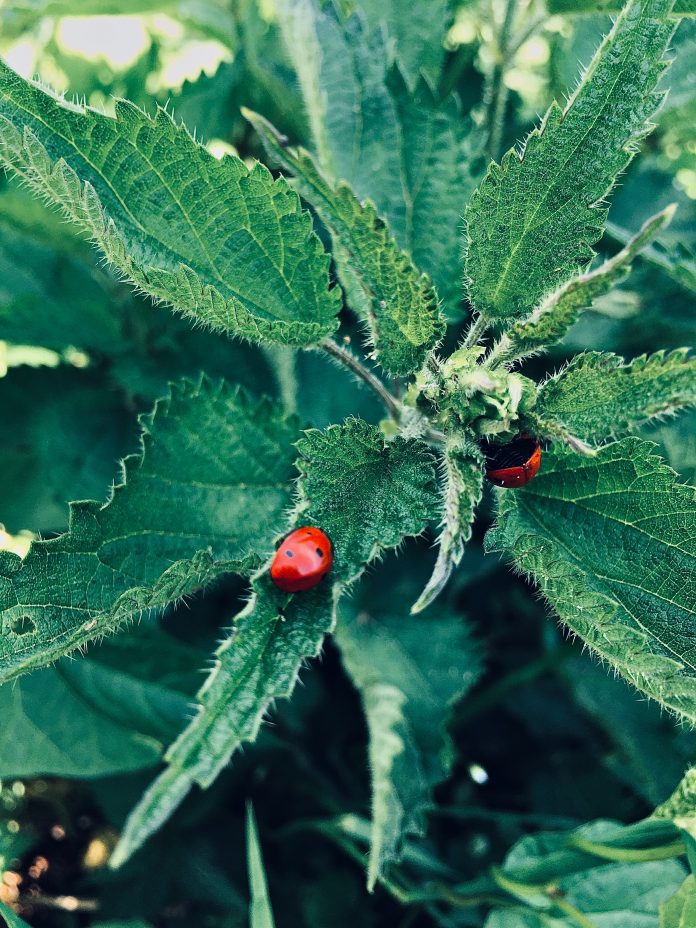Do you feel overwhelmed when it comes to protecting your plants and crops from pests? You’re not alone! Many farmers, gardeners, off-grid homesteaders, and other agriculturalists frequently struggle with keeping their precious plants safe from insects and diseases. Wise House Environmental Pest Control offers tailored solutions to help safeguard your crops, ensuring healthier growth and a thriving harvest. Chesapeake Termite & Pest is a pest control company Chesapeake. From the bed bugs to ants, the article explores the many ways that pests can impact your daily lives.
While synthetic pesticides may appear to be the obvious solution for crop management – they are often accompanied by dangerous side effects. When searching for a skilled exterminator Chandler AZ, trust Anteater Exterminating Inc to handle pests quickly and safely. Learn about the different types of pest control services from Buzz Kill Pest Control, designed to meet every home and business need.
Fortunately, there are a variety of natural approaches that can provide effective protection without posing risks to the environment or human health.
In this blog post, we will discuss some organic methods as well as biological control options that can help make amazing plant protection come naturally!
Understanding the benefits of using organic and biological pest control for plants
Utilizing organic and biological pest control or tap insulation methods is an essential piece of homesteading and cultivating a sustainable environment.
It relies on natural predators, such as toads, bats, and ladybugs, to help keep the populations of the insects that are damaging to crops at bay.
This form of pest control doesn’t require the use of harsh chemicals or other unnatural methods, ensuring a safe ecosystem for homesteaders and wildlife alike.
With proper implementation and understanding of how this works, homesteaders can take advantage of organic pest control as an effective measure in controlling plant pests without disrupting their environment.
For more persistent issues, an exterminator bloomington can provide additional support while maintaining eco-friendly practices.
Exploring natural methods of deterring unwanted pests, such as companion planting, mulching, and introducing beneficial insects
Exploring natural methods of deterring unwanted pests can be a great way to reduce their numbers in your garden or home.
Companion planting involves placing plants near each other which can repel predators, attract beneficial insects or keep away certain fungi.
Mulching is another method of natural pest control, as it prevents weeds and provides nutrients to the soil in your garden.
Additionally, introducing beneficial insects can help because they can act as predators to fight off harmful bugs that feed on the vegetation in your area.
Exploring these natural means of repelling unwanted pests can be a great non-toxic option for managing them in the long run.
Companion Plants:
1. Marigolds and Tomatoes
2. Basil and Roses
3. Parsley and Asparagus
4. Carrots and Onions
5. Garlic and Lettuce
6. Cabbage and Beans
7. Sage and Strawberries
8. Catnip, Dill, Corn, Radish
9. Nasturtiums & Squash/Pumpkin
10. Thyme & Broccoli
Beneficial Insects:
1. Ladybugs
2. Praying mantises
3. Hoverflies
4. Lacewings
5. Ground beetles
6. Parasitoid wasps
7. Damsel bugs
8. Big-eyed bugs
9. Aphid midge flies
10. Spined soldier bugs
Knowing when to use chemical-based methods of pest control, such as pesticides
Chemical control of pests, such as the use of pesticides, is a popular method of pest management and carpenter ant control. This is highly effective for florida carpenter ants. Before utilizing chemical-based methods, it is important to consider their environmental and health impacts. You may also read articles from DeadPestz to learn about products that are effective in killing these pests.
Analyzing the benefits and risks involved in using such methods will help ensure that they are deployed responsibly.
Further, it’s important to take into account the potential for unknown effects or consequences for non-target species. Proper evaluation and judgment are essential to ensure that chemicals are used safely, effectively, and efficiently in tackling pest problems.
Ensuring proper application techniques should also be considered; the improper application may lead to ineffective control and may increase exposure to hazardous materials resulting in adverse effects on human health.
Implementing organic sprays and other plant protection products to prevent infestations
Organic sprays and other plant protection products are an important part of preventing infestations. Implementing these products can be difficult, but it is important to do so in order to protect your plants.
There are a few things to keep in mind when using organic sprays and other plant protection products. First, always follow the directions on the label.
Second, make sure to apply the product evenly and completely over the entire plant. Third, reapply the product as directed on the label.
By following these simple tips, you can help prevent infestations and keep your plants healthy.
Organic Sprays:
1. Neem Oil
2. Garlic Spray
3. Insecticidal Soap
4. Tomato Leaf Spray
5. Hot Pepper Wax or Spray
6. Horticultural Oils
7. Bt (Bacillus thuringiensis) Products
8. Diatomaceous Earth Products
9. Spinosad Products
10. Pyrethrin-Based Sprays
Identifying different types of pests and their signs of damage
Identifying the pest causing damage to your property can be difficult, but fortunately, some signs can help you determine what pests are present.
Common signs of damage include gnawing marks, unusable materials due to corrosion, and the presence of droppings or dead pests.
Knowing the type of pest is vital in devising a plan for removal. For example, rats might require bait stations and traps while ants need liquid treatments.
Understanding the different types of pests and their signs of damage is key to protecting your home from further destruction. When you notice any telltale signs like chewed wires or droppings, it’s time to call in a professional exterminator to ensure the issue is handled thoroughly and efficiently.
Tips for recognizing early signs of disease or pest problems in plants
Being able to recognize early signs of diseases or pest infestation in plants is key for them to remain healthy in the long term.
To help gardeners spot any potential issues quickly, there are some general tips they can follow. Firstly, keep an eye out for discoloration or wilting.
This could be a sign of fungal disease, nutrient deficiency, or overwatering, among other things. Additionally, many pests – such as aphids – leave distinctive patterns behind as a telltale sign of their presence.
Finally, keep a lookout for damage done to leaves and stems that can occur due to their feeding habits. If any of these signs are observed, consider taking steps to diagnose and treat the issue quickly before it spreads throughout the plant or garden.
When it comes to protecting plants from pests, the first line of defense is always prevention. By taking proactive measures, such as companion planting, mulching, and introducing beneficial insects, you can reduce the likelihood of pests ever becoming an issue.
However, if a problem does arise, there are methods of controlling them organically with natural sprays and other products that won’t damage the plant or environment.
Furthermore, by knowing to recognize pest signs early on in the infestation process, you can quickly implement a control strategy and prevent it from getting out of hand. Experts like Safe Pest Control can help you identify and manage pests effectively.
With proper prevention and effective tactics like these in place, you’ll be well-equipped to keep your garden healthy and pest-free for years to come.














